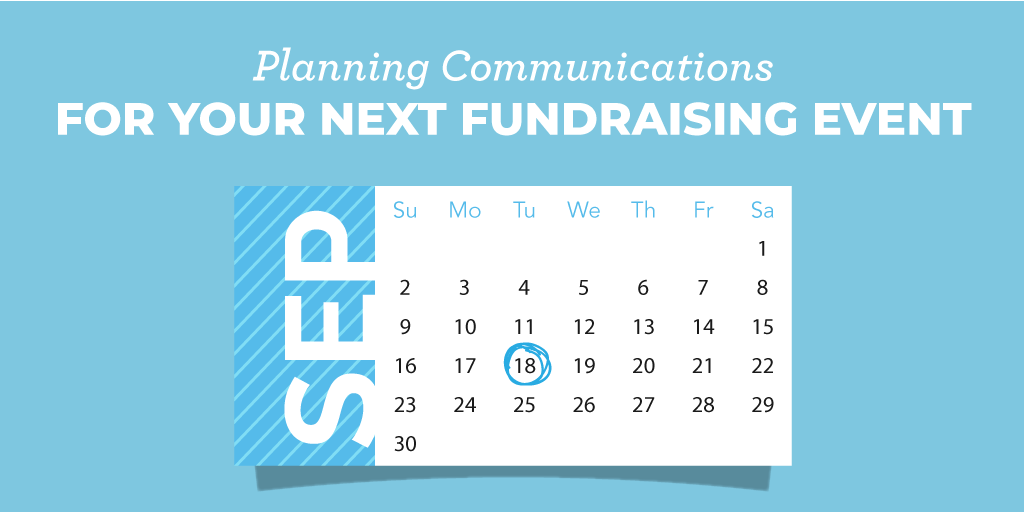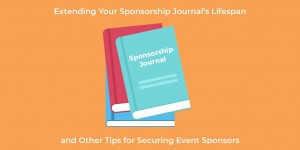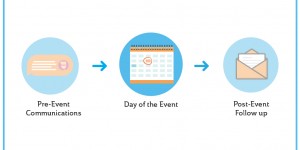As fundraisers, there are always a few days we have circled on our calendar. We count down the days until Giving Tuesday and to the end of our fiscal/calendar year. But the most exciting day of the year is probably your big fundraising event.
Everyone in your organization looks forward to the big day. But there is a lot of work to do! So, try to get your team to focus all that energy and excitement into helping prepare for your fundraising event.
An all-hands-on-deck approach is the best way to ensure your biggest night of the year is a huge success. Reaching out with messages that get your audience as excited as you are is the first step!
Start With Why
You already know a mission-centric message focused on why your organization’s work is important helps build better fundraising communications. You need to apply the same thinking to your events and associated outreach materials.
Take a step back and ask yourself why you are hosting this event in the first place. And no, the right answer is not just to raise money!
Instead focus on how this fundraiser furthers your nonprofit’s mission. That’s the message that will stick with your audience.
Are you trying to raise awareness for your cause in addition to raising funds? Recognize long-standing partners and sponsors? Cultivate new potential donors?
There are many purposes you might have to put on an event of this magnitude! Identifying the specific reasons why you are hosting this event helps you infuse all your event-based communications with a mission-centric approach.
Build Your Brand
Your fundraising event’s name and brand will re-enforce that approach and help apply your mission-driven message in your communications strategy and at the event itself.
Too many nonprofits name their event “XYZ Organization’s Annual Dinner” or “ABC’s Gala” and leave it at that. These names really don’t say much about the event, your organization, or your mission.
Some go a little further and call it something like “Founders Ball,” but that only makes it sound pretty, without providing any real clarity.
Let’s take the next step and use The Cooke School and Institute as an example of effective event branding. It’s built on a catchy name, Food for Thought.
The school envisions a world in which all people with special needs are included as valued members of their communities, leading independent and purposeful lives (Thought). The gala itself features the cuisine of noteworthy chefs in New York City (Food).
When attendees arrive on the big day, you can start subtly reminding them why they wanted to come in the first place by using familiar imagery. As you develop save the dates, invitations, and emails for your fundraising event, think about how you can use the design and branding elements from your outreach at the event itself.
Let Your Data Drive
Once you are clear on the purpose of the event and how it advances your mission, you can determine the right audience to meet your intended objectives. If your data base is in order, your data will tell you what segments of your database will help reach you goals.
For example, if your event is more of a social cocktail to learn more about the organization, then you might invite the $5 donor from your #GivingTuesday campaign that lives nearby.
But you would be hard pressed to invite that person to your black-tie gala!
Use your data to be strategic and you will meet or exceed your goals. Don’t aim to just fill seats, you need to prioritize the people who will support your organization and make the event a success.

A Multi-Channel Approach
A multi-touch strategy that takes advantage of data-driven communications across many mediums is the best way to make sure attendees hear your message and come support you on the big day.
Some communications may naturally lend themselves better for print or email. What works best for one organization may not be the best approach for another. It will depend on your audience.
Most nonprofits will send their initial save the date as a direct mail piece. A well-designed save the date postcard that someone wants to stick on their refrigerator does its job as reminder that your event is coming up!
But others may find a digital save the date more cost effective. If your event is more low-key or more focused on awareness and relationship building than fundraising, you can save a lot of money on printing and postage by going digital!
However, we do recommend sending the invitation itself as a direct mailer, especially for more upscale fundraising events. A printed invitation demonstrates a seriousness about the event and respect to the recipient that does not come through as well digitally.
But your work is not done once you send an invitation in the mail! Send an email follow up to your direct mail recipients and remind those who have yet to RSVP of upcoming deadlines. This is also a great way to lead them directly to an online registration page!
Get creative and think of other ways to reach your audience. For example, try following an invitation with a text message reminder instead of an email, especially if you are targeting millennial donors.
Ready to Get Started?
Remember to keep your organization’s goals and why this event is important to your mission in mind as you prepare for your next fundraising event. It’s the key to developing a communications strategy that feels in sync with your organization and the event itself.
A mission-centric message, powerful name and brand, strong data, and a multi-channel approach are essential to make your next big fundraising event is a success. Your pre-event outreach is all about connecting these dots for your audience!








